Galileo and the Catholic Church
By Ken Mann
The question is asked in different ways. Are science and religion compatible? Are science and faith in conflict? The answer, once one has properly defined what is meant by science and faith, is it depends. Critics of Christianity will assert, based on history, that there is an inherent conflict between science and religion and they use the trial of Galileo before the Inquisition as an “example” of the conflict. We’re told Galileo was tortured, forced to recant his belief in a heliocentric universe, and imprisoned for the remainder of his life for the heresy of advocating heliocentrism. This paper will address how aspects of this narrative are false, and others are misleading. Galileo’s conflict with the Church has been described as “… a clash of ideas⎯ between scientific claims fervently held by a small band of scientific reformers on the one hand and opposing theological doctrines supported by centuries of church tradition on the other.”[1] Galileo is described as a martyr of science because the Catholic Church was opposed to science.[2] In order to explain how Christianity and science are compatible today the Christian apologist must be able to explain how, for good or ill, they have interacted in the past. Over the course of this paper, we will see that the Galileo affair was not about science but about the authority of the Catholic Church over how to interpret the Bible. The nascent disciplines of astronomy and cosmology suffered at the hands of an entrenched and embattled institution, however, the conflict was not about truth per se, but control.
This paper addresses the myths, complexities, and lessons we can learn from Galileo’s trial. In terms of myths, there are two aspects accepted by history that are in fact false, specifically that during his trial Galileo was tortured and that he was imprisoned for the remainder of his life. In terms of complexity, there were many different factors at play that ultimately culminated in Galileo’s trial. It is simply a grotesque oversimplification to assert that this incident represents the collision between science and theological doctrines. Finally, we can learn a great deal about the conflicts in our own day between theological and scientific authorities.
In order to understand these 17th-century events, it is worthwhile to take a step back and understand the state of cosmology[3] at that time. The Church and much of Europe, since at least the 13th century, had adopted an Aristotelian cosmology. The works of Aristotle had been reintroduced into Europe, in Latin, and were eventually integrated into Church teaching.
Aristotle’s view of the cosmos was the source of the geocentric (earth-centered) view of the universe. The earth was immobile. The center of the earth is where all matter was drawn, to where things naturally moved. The sun, moon, planets, and stars all revolved around the earth on celestial spheres. The moon and beyond was a realm of eternal, changeless perfection, while the domain of matter was subject to change and decay.[4] Aristotle’s view of the cosmos was integrated into Christian theology finding concord with such passages that indicate the earth is stationary (Psalm 75:3; 93:1; 96:10; 119:90; 1Chronicles 16:30[5]) and that the sun moves (Joshua 10). In the second century, Ptolemy developed a model of the geocentric cosmos that would explain the observed motions of planets. The combination of an explanatory model for astronomical observations and the imprimatur of the Church made the geocentric view the only rational and acceptable view of the universe for over 300 years.
In 1543, Copernicus’ magnum opus, De revolutionibus orbium coelestium (On the Revolutions of Heavenly Spheres) was published with the encouragement and blessing of the
Catholic Church. It barely caused a whimper. It was, in fact, the writing and agitation of Galileo some 73 years later that resulted in Copernicus work being put on the Index of Prohibited Books, where it remained until 1835.[6] From its original publication until Galileo, heliocentrism did not draw the ire of Church officials for the simple reason that it was merely a theory. Copernicus offered an alternative mathematical model for the movements of the various heavenly bodies.
Neither Copernicus nor any other astronomers in the 16th century argued, at least strongly or publicly, that Aristotelian cosmology was false. In fact, prior to the invention of the telescope in the early 17th century, the only argument in favor of heliocentrism was theoretical elegance or simplicity. The predictions made by Copernicus’ model were no more accurate than those based on Ptolemy’s geocentric model.
Moving now to the early 17th century, Galileo started using the newly invented telescope to make astronomical observations. With an eight-power instrument, he started making observations of the moon, the sun, the phases of Venus, and the moons of Jupiter. His publications Starry Messenger (1610) and Letters on Sunspots (1613) launch him into the public spotlight as an advocate of heliocentrism. As Galileo tried to argue (in conversation and in letters) for the truth of heliocentrism, he was confronted with what he thought was an exegetical problem. Simply put, he believed that the scientific content of the Bible needed to be discussed in light of the observations supporting heliocentrism. According to Galileo, the Bible communicated truths about salvation that are beyond human reason. However, he also argued (as summarized by David Lindberg) that, “When the Biblical text oversteps those limits, addressing matters that are within reach of sensory experience and rational knowledge, God does not expect these God-given capacities to be abandoned… It follows that theologians, before committing themselves to an interpretation of such passages, would be well advised to examine the demonstrative arguments of scientists and natural philosophers.”[7] Galileo’s ideas about exegesis in defense of heliocentrism were eventually brought to the attention of the Inquisition. In 1616 the Holy Office formally censured two key tenets of heliocentrism: the sun is at rest (labeled “formally heretical”) and that the earth moves around the sun (labeled “erroneous in faith”).[8]
Galileo was summoned by Cardinal Roberto Bellarmino and informed him that heliocentrism “had been declared false and heretical and was not to be held or defended.”[9] Galileo was not accused of any wrongdoing, but the decision of the Inquisition ended his campaign on behalf of heliocentrism.
In 1623, with the ascendency of Maffeo Barberini to the papacy as Urban VIII, the fate of heliocentrism seemed to have changed. Barberini was a close friend and admirer of Galileo and his work in astronomy. Over the course of six meetings with the new pontiff, Galileo came to believe that he was free to write a book on heliocentrism provided he treated it as a mere hypothesis. When Galileo completed Dialogue on the Two Chief World Systems in 1629, he had in fact gone beyond merely debating competing hypotheses. Instead, what he had written was “… nothing less than a powerful argument on behalf of the indubitable truth of heliocentrism; no reader could have understood it otherwise. Nor did one have to read between the lines to perceive this as Galileo’s purpose, for in the Dialogue itself he repeatedly claimed to have demonstrated the ‘truth’ of his conclusions.”[10] Despite having gone through appropriate channels within the Church prior to publishing Dialogue, its reception within the Vatican was disastrous for Galileo. In addition to his overall treatment of heliocentrism, Simplicio, “… a slow-witted Aristotelian laughing stock of the dialogue,”[11] voiced the same arguments Galileo had heard during his audiences with Urban. A letter to Florence from the Florentine ambassador describes a meeting where the pontiff “… exploded into great anger…” at the mere mention of Galileo. The pope believed Galileo had deceived him, as he clearly did not treat heliocentrism as a hypothesis.
Further, in the character Simplicio, he made the pontiff an object of ridicule.
Alienating the pope with such obvious insubordination was possibly the least of Galileo’s problems. Since Dialogue clearly advocated for the truth of heliocentrism, it violated the Congregation of the Index decree from 1616 that condemned heliocentrism as “…false and completely contrary to the Scriptures.” The same decree not only prohibited Copernicus’ book from being printed, it went on to assert that “… all other books teaching the same thing are prohibited, as the present Decree prohibits, condemns and suspends them all respectively.”[12] The Inquisition appointed a Special Commission to investigate further. In the files of the Holy Office a memorandum was discovered[13] which claimed that Galileo had been given a specific injunction by the Commissary General of the Holy Office to “relinquish altogether” his acceptance of heliocentrism and to no longer “hold, teach, or defend it in any way, either verbally or in writing.”[14] Because of the weight of all this evidence Galileo was brought to trial in Rome in April of 1633.
Having set the stage in terms of the historical context, let’s begin to look at the myths, complexities, and lessons of Galileo’s trial. The myths, things that were at one time assumed to be true are now known to be false, are tied to the outcome of the trial, specifically that he was tortured and imprisoned. Galileo was found guilty of “vehement suspicion of heresy” for his advocacy of heliocentrism in Dialogue and for denying that the Bible is a scientific authority.[15]
In any trial, the activities of the Holy Office were kept under strict secrecy. The Cardinals and those who were prosecuted never discussed the proceedings in public. Very accurate and reliable records were kept including transcripts of interrogations and even details of how the accused responded to torture.[16] However, in the case of Galileo’s trial, under explicit orders from the Urban VIII, the sentence document and the abjuration recited by Galileo were widely distributed and printed in books and newspapers. The pope wanted Galileo to serve as an object lesson for all Catholics and to demonstrate his bona fides as a staunch defender of the faith.[17] Two items from the sentence document are significant. First, it says that Galileo was subjected to “rigorous examination” (a.k.a. torture).[18] Second, that Galileo was to be imprisoned at the discretion of the Holy Office. This was understood to mean imprisoned at the Inquisition palace in Rome for an indefinite period of time.
If the sentence and abjuration had remained the only known documents, prison and torture administered by the Catholic Church would have remained the historical record.
However, letters written by Galileo and the Tuscan ambassador to Rome that became public in the late 18th century and the release of Inquisition records on the Galileo trial in the late 19th century corrected both of these myths. The Holy Office records demonstrate fairly conclusively that Galileo did not experience any physical torture. From the records themselves, there is no indication that any physical torture took place. It seems clear that it was threatened as a possibility but never actually occurred. Further, Galileo’s advanced age (69) would have precluded the possibility of torture.[19] As to Galileo’s imprisonment, from his arrival in Rome on February 13, 1633, until he left Rome on June 30th, only three days in June are unaccounted for where Galileo might have been held in prison. The rest of his time in Rome was spent at either the Tuscan embassy (the ambassador’s residence) or the prosecutor’s 6-room apartment. After spending 5 months at the home of the archbishop in Siena, Galileo returned to his own villa in December of 1633. He lived there until his death in 1642.
Turning from the outright myths, we will now address the complexities of Galileo’s conflict with the Church. These can be broken down into two categories. First, there are four factors, not generally understood from a modern perspective, which prevented the acceptance of heliocentrism. Second, there is a fundamental misconception about the nature of Galileo’s confrontation with Church.
The first problem that prevented widespread acceptance of heliocentrism was that the evidence available at the time was not sufficient. The modern view of heliocentrism is in light of what we know from science rather than what was known or could be proven during Galileo’s time. The arguments Galileo marshaled at the time supported the heliocentric view, but they were also compatible with the model put forward by Tycho Brahe.[20] Galileo was convinced that the hypothesis of heliocentrism was true, but there was not enough evidence to overturn over 300 years of adherence to Aristotelian cosmology.
Second, if the task of overturning Aristotle’s long-established cosmology was not herculean enough, Galileo’s undertaking was seemingly made impossible by his arrogant and impulsive demeanor. He was typically far more effective at making enemies than converts. It is assumed by many experts on Galileo’s trial that his fate was in some sense made certain by the various enemies he had created in the years leading up to 1633. David Lindberg concludes, “Galileo’s personality was a consistent and important factor; indeed, it seems clear that had he played his cards differently, with more attention to diplomacy, Galileo might have carried out a significant campaign on behalf of heliocentrism without condemnation.”[21]
A third impediment Galileo faced was the issue of epistemological authority. Where does knowledge of the cosmos come from? Is it available via human capacities of sense and reason? Is it only found in the scriptures? Is it some combination of the two? The prevailing view of both Catholic and Protestant theologians was that knowledge of the heavens was, in principle, unavailable to the natural sciences. The nature of the celestial realm was a divine knowledge that was inaccessible to the human intellect. Thus, the work of Copernicus and Ptolemy were merely models used to predict the locations of the planets, they were mathematical instruments and not intended as descriptions of reality. Galileo’s argument regarding heliocentrism went far beyond a debate about which model was more accurate. He believed that the heliocentric model of the universe was a description of reality. Thus, he defied conventional wisdom not only about the inaccessibility of the heavens; he also claimed that scientific observation could attain knowledge not available from the Bible.
Fourth, the argument for another epistemic authority collided, rather violently, with the Catholic Church’s stance, after the Reformation, on the interpretation of scripture. One of the decrees issued by the Council of Trent (1545 – 1563) on the interpretation of scripture said in part:
The Council decrees that, in matters of faith and morals… no one, relying on his own judgment and distorting the Sacred Scriptures according to his own conceptions, shall dare to interpret them contrary to that sense which Holy Mother Church, to whom it belongs to judge their sense and meaning, has held and does hold, or even contrary to the unanimous agreement of the Fathers.[22]
Galileo’s two-books inspired reasoning was not without support within the Church, however, the Decree issued in 1616 that heliocentrism was “contrary to Scripture” was a clear and convincing indication that the Church was going defend its authority on matters related to cosmology.
Besides the obstacles that prevented acceptance of heliocentrism, the Galileo affair is treated simplistically as a conflict between scientific rationalism and religious doctrine. In response to this assertion, consider the following: every one of the participants in this debate were Christians who accepted the authority of the Bible, were theologically informed, and could make rational arguments for their respective views on cosmology. Further, within the Church itself, there were various opinions on hermeneutics, some agreed with Galileo, others did not.
From the domain of science, among the experts in astronomy, heliocentrism was not a widely held view. In short, rather than a confrontation between science and religion, it might be more accurate to describe the Galileo affair as a conflict within science and religion.[23]
In light of all this, what really happened? Simply put, it was a confrontation over the authority of the Church, not a scientific debate. Considering the Church’s stance on who may interpret scripture and Galileo’s temperament arguing for heliocentrism, a collision was inevitable. David Lindberg offers the following one sentence summary, “The trial was about disobedience and flagrant insubordination: the issues dealt with in the decree of 1616 were not reexamined; its conclusions were merely reasserted.”[24] The merits of Galileo’s arguments were insignificant when contrasted against centuries of consensus. The authority of Aristotle’s geocentric cosmology was not going to be discarded simply because the heliocentric view was plausible. The Church chose to stake its authority on that consensus and science suffered as a result.
Finally, let us consider what lessons can be drawn from the Galileo affair. When studying history, one must always be careful not to fall into the trap of anachronism, judging events in the past through the lens of the knowledge and sensibilities of the present. When considering the heliocentric debate in context, the evidence available, and the consensus of the time, it was reasonable to support the geocentric view. Another form of temporal snobbery we should avoid is condemning the Church for how it exercised its authority. Lindberg makes the following observation about that period:
“The early seventeenth century was a time of growing absolutism in Europe, in both religious and political terms. The freedom to express dangerous ideas was as unlikely to be defended in Protestant Geneva as in Catholic Rome. The idea that a stable society could be built on general principles of free speech was defended by nobody at the time, and police and judicial constraints were therefore inevitable realities.”[25]
Another important lesson is to eschew stark, simplistic contrasts regarding such broad categories “science” and “religion.” Such conflicts are rarely as simple as the contrast between truth and error; rather they are proxies for more subtle discussions. In this case, the issue of epistemological authority was at work. It was not merely a question of how things are known (mere epistemology) but what would be considered as a source of knowledge (authority). The Church sought to defend its interpretation of the Bible as true and correct in all “matters of faith and morals.” The mistake we perceive looking back is extending such control over matters of cosmology.
In our modern era, it is widely believed that we have developed to a stage where what is actually true or false dictates what is considered knowledge. We believe we are no longer at the mercy of any bureaucracy or human institution to gain knowledge. In the 17th century, the Bible was the dominant source of knowledge about reality. What we have seen in this paper is that Galileo was tried not for rejecting the Bible but for challenging the Church’s sole authority to interpret the Bible. Today, the Church (Protestant and Catholic) has been eclipsed by science as the preeminent (or perhaps only) source of knowledge for mankind. In reality, however, the Church and institutional science have merely switched roles over the last 350 years. Today, the fields of science that attempt to explain the origins and development of life are trapped in a dogmatic devotion to an idea imagined over 150 years ago. Despite an overwhelming body of evidence to the contrary, neo-Darwinism is adhered to dogmatically as the only explanation for the development of life. As discussed in the film Expelled and numerous intelligent design blogs, advocating dangerous ideas that contradict the reigning consensus is punished, not with torture or imprisonment, rather the destruction of academic careers. Perhaps that is the strongest lesson we can learn from history; it always repeats itself.
Bibliography
Blackwell, Richard J. Behind the scenes at Galileo’s trial: including the first English translation of Melchior Inchofer’s Tractatus syllepticus. Notre Dame, Indiana: University of Notre Dame Press, 2008.
Ferngren, Gary B., ed. Science and Religion: A Historical Introduction. Baltimore, MD: The Johns Hopkins University Press, 2002.
Lindberg, David C., and Ronald L. Numbers, eds. When Science and Christianity Meet. 1st ed. Chicago: University Of Chicago Press, 2003.
Numbers, Ronald L. Galileo Goes to Jail and Other Myths about Science and Religion. 1st ed. Cambridge, MA: Harvard University Press, 2009.
Notes
[1] David C. Lindberg and Ronald L. Numbers, eds., When Science and Christianity Meet, 1st ed. (Chicago: University Of Chicago Press, 2003), 33.
[2] Gary B. Ferngren, ed., Science and Religion: A Historical Introduction (Baltimore, MD: The Johns Hopkins University Press, 2002), 105. Galileo and the Catholic Church Ken Mann.
[3] Cosmology being the study of the nature or composition of the universe, the attempt to understand how the universe works.
[4] It is outside of the scope of this paper to address the “Copernican Principle” that supposedly demoted humanity from the center of the universe. In short, it would be accurate to say that in ancient Greek cosmology the Earth was the sump of the universe. This is amply, and metaphysically, expressed in Dante’s Inferno.
[5] Richard J Blackwell, Behind the scenes at Galileo’s trial: including the first English translation of Melchior Inchofer’s Tractatus syllepticus (Notre Dame, Indiana: University of Notre Dame Press, 2008), 115.
[6] Lindberg and Numbers, When Science and Christianity Meet, 47.
[7] Ibid., 46.
[8] Ibid., 47.
[9] Ibid., 49.
[10] Ibid., 51.
[11] Ibid., 52.
[12] Blackwell, Behind the scenes at Galileo’s trial, 4.
[13] It is contended by Blackwell (Behind the scenes at Galileo’s trial, page 6) that the specific memo was fraudulent in some fashion. That it was derived from a letter Galileo received from Cardinal Bellarmini, but altered to make writing Dialogue a clear example of insubordination.
[14] Blackwell, Behind the scenes at Galileo’s trial, 5.
[15] Ronald L. Numbers, Galileo Goes to Jail and Other Myths about Science and Religion, 1st ed. (Cambridge, MA: Harvard University Press, 2009), Kindle Location 757–760.
[16] Blackwell, Behind the scenes at Galileo’s trial, 7.
[17] Numbers, Galileo Goes to Jail and Other Myths about Science and Religion, Kindle Location 766.
[18] Ibid., Kindle Location 768–775.
[19] Ibid., Kindle Location 795–843.
[20] In Brahe’s model of the solar system, the earth was still at rest with the sun in motion around the earth, however, all the planets orbited the sun.
[21] Lindberg and Numbers, When Science and Christianity Meet, 57.
[22] Ibid., 45.
[23] Ibid., 58.
[24] Ibid., 54.
[25] Ibid., 59.

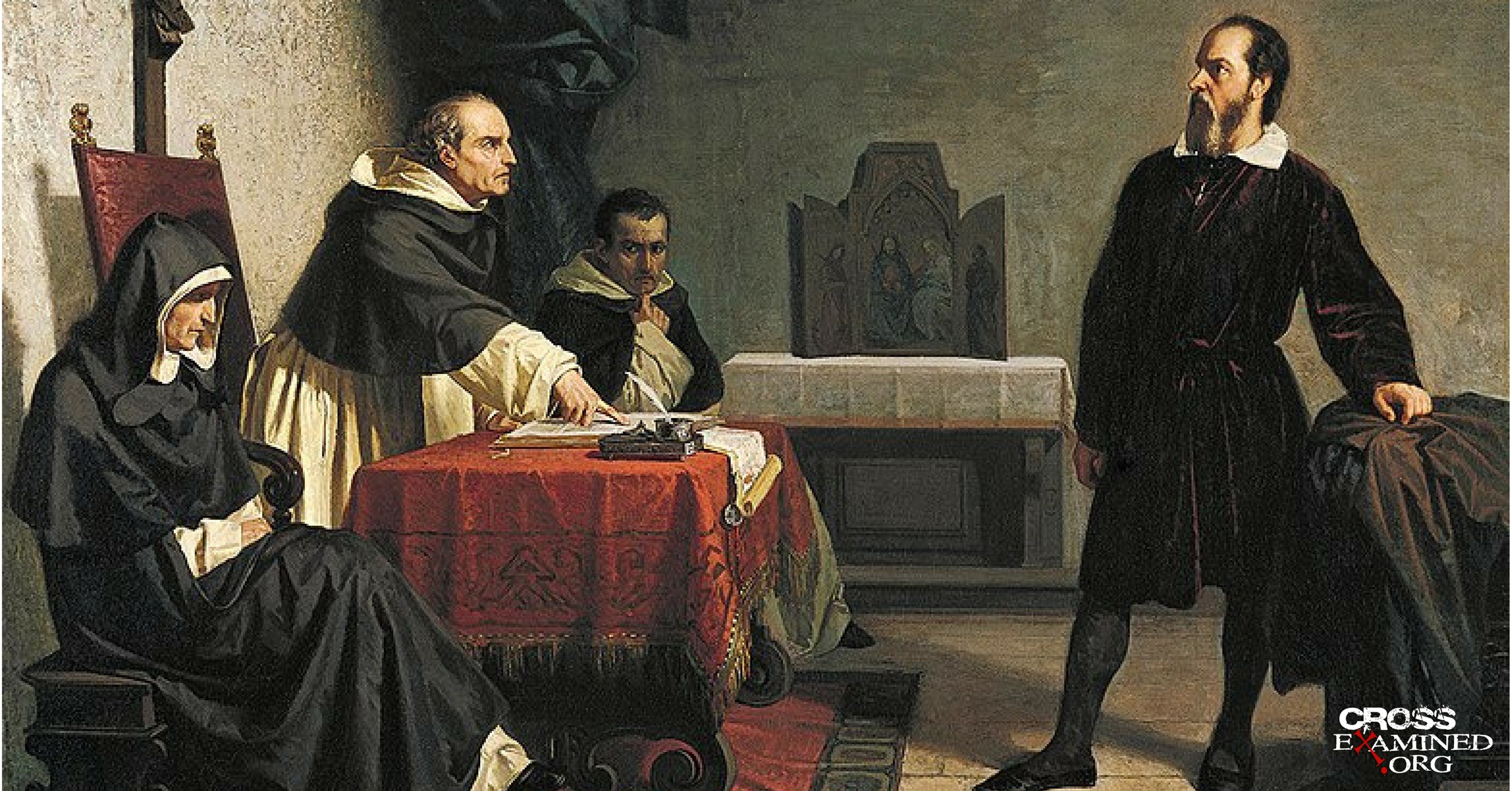


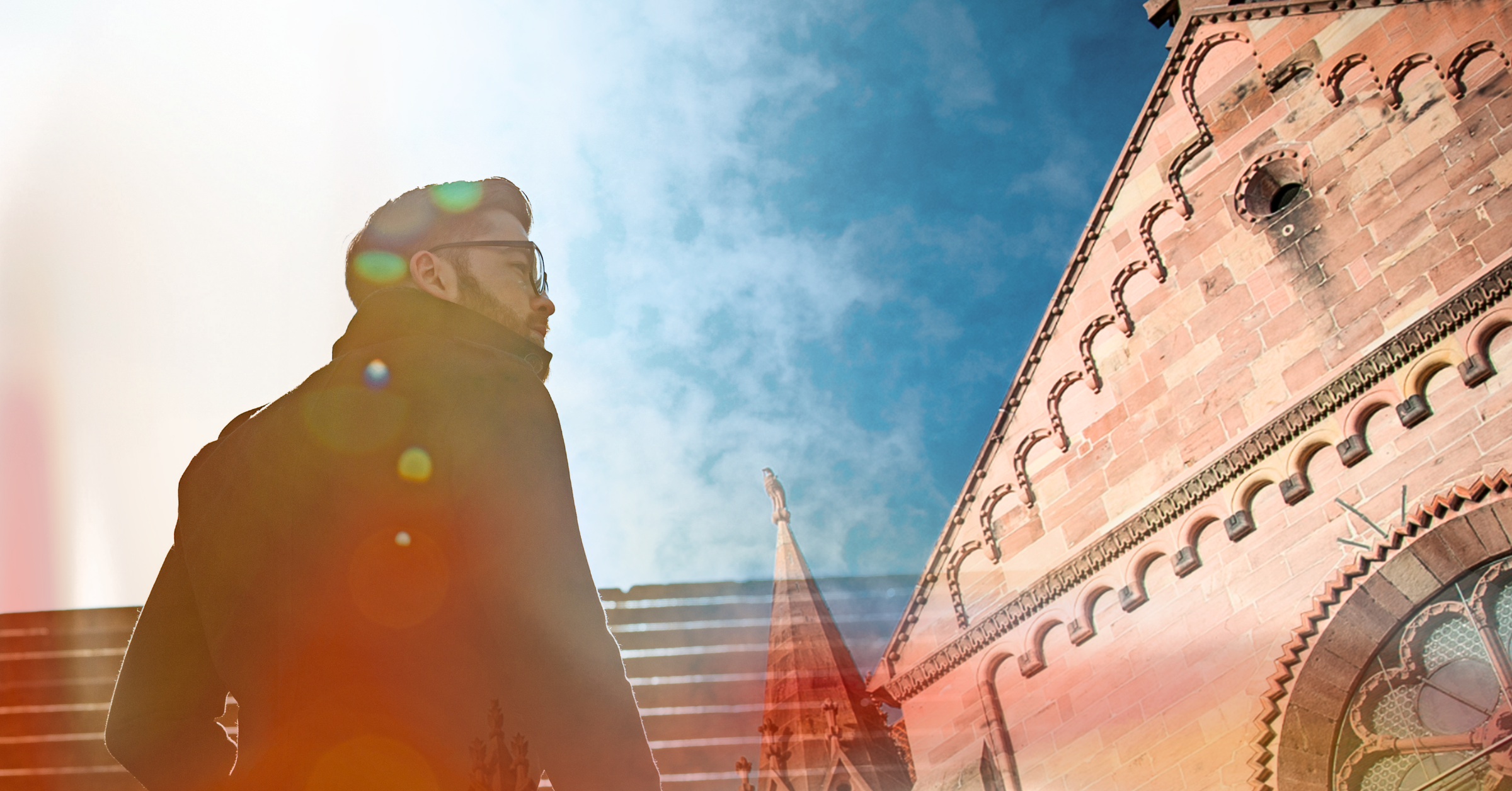
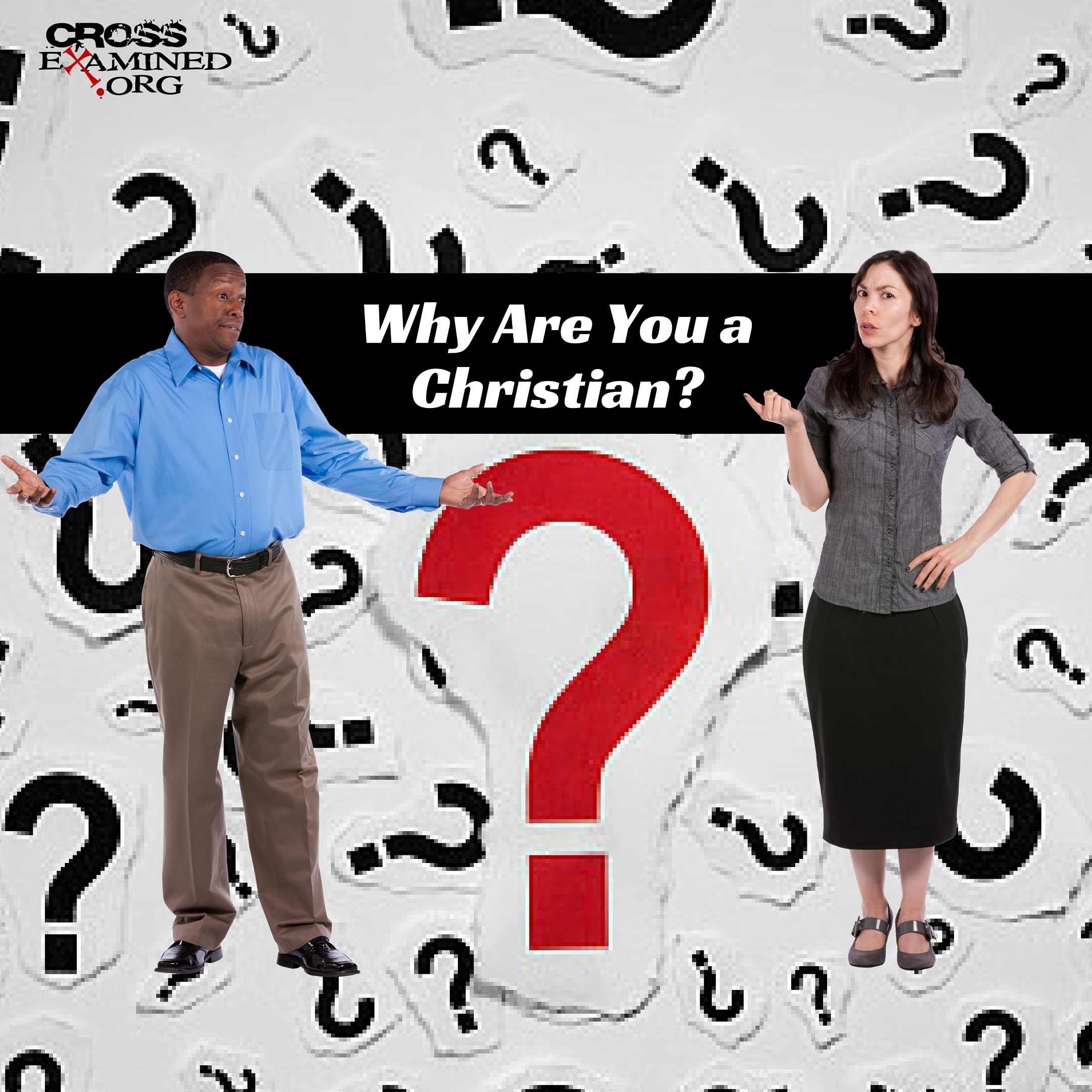
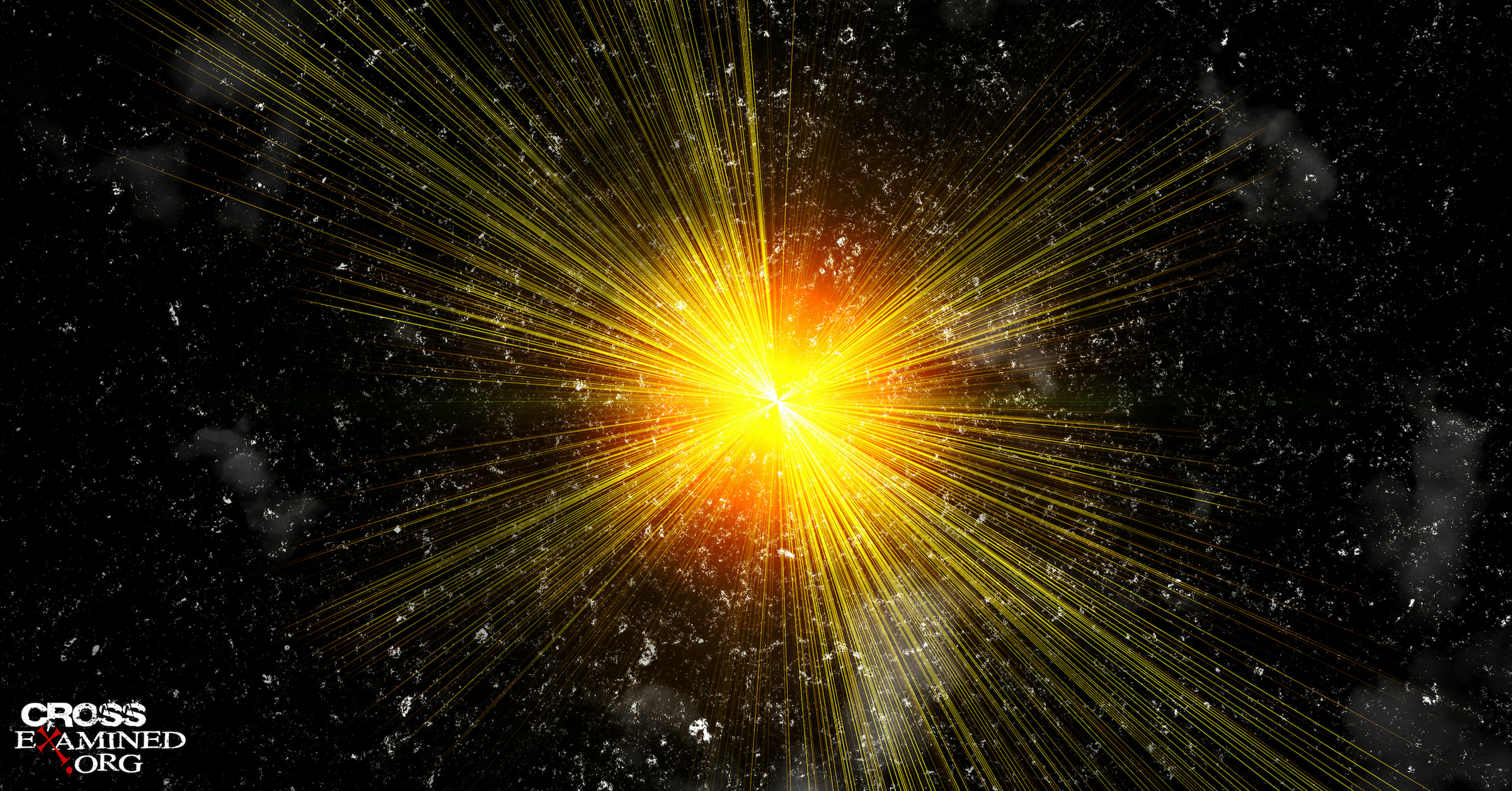
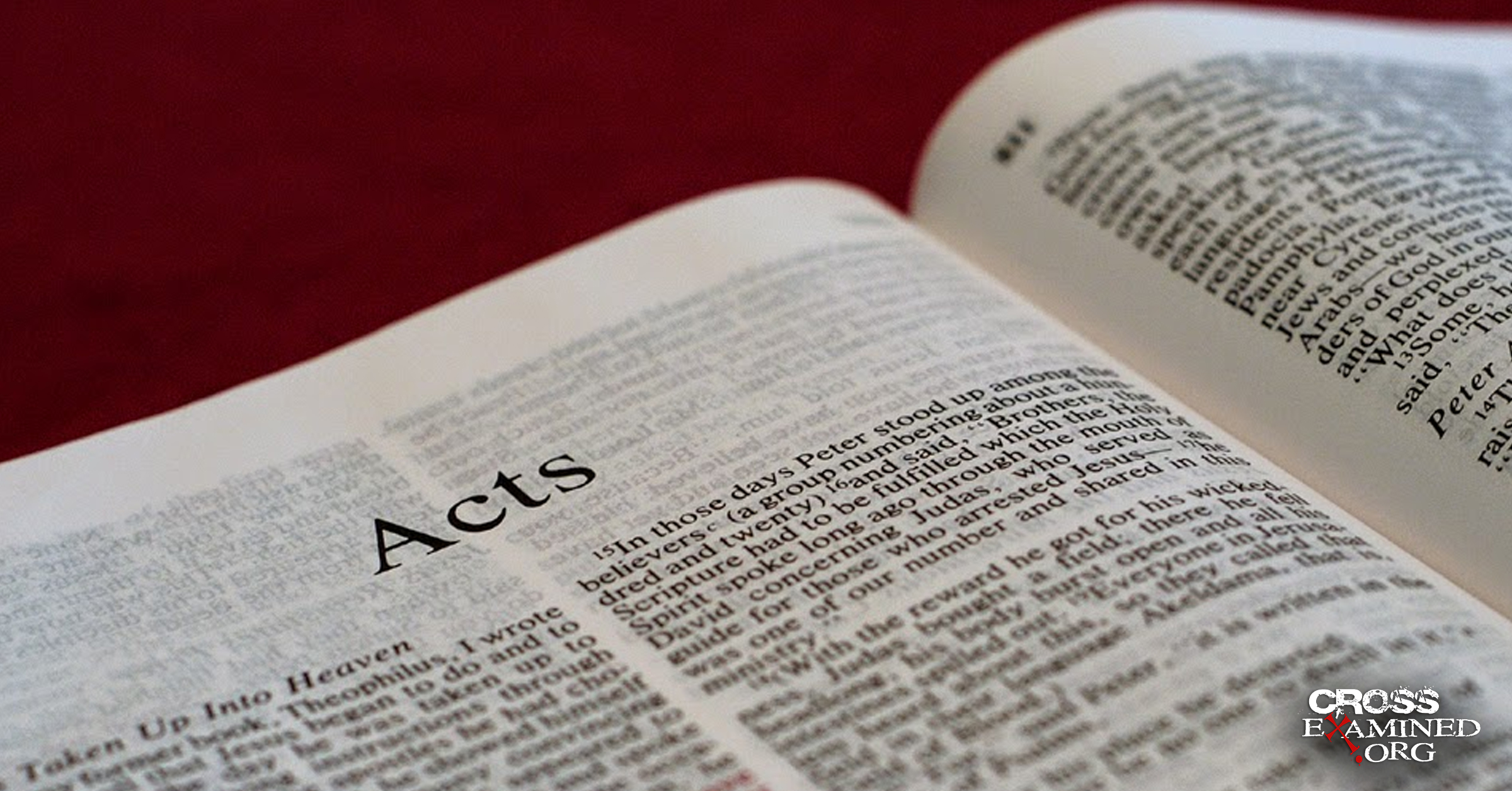
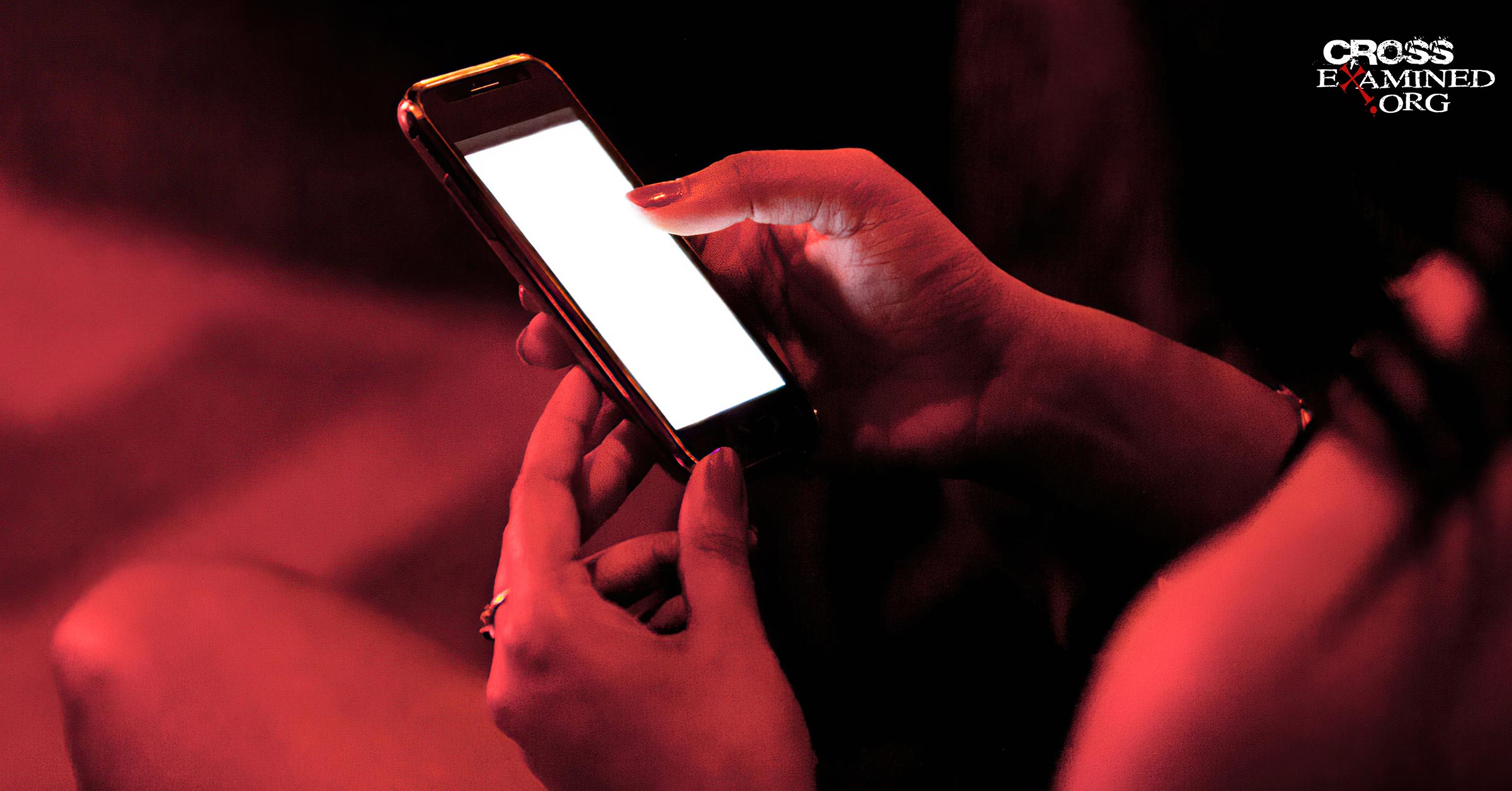
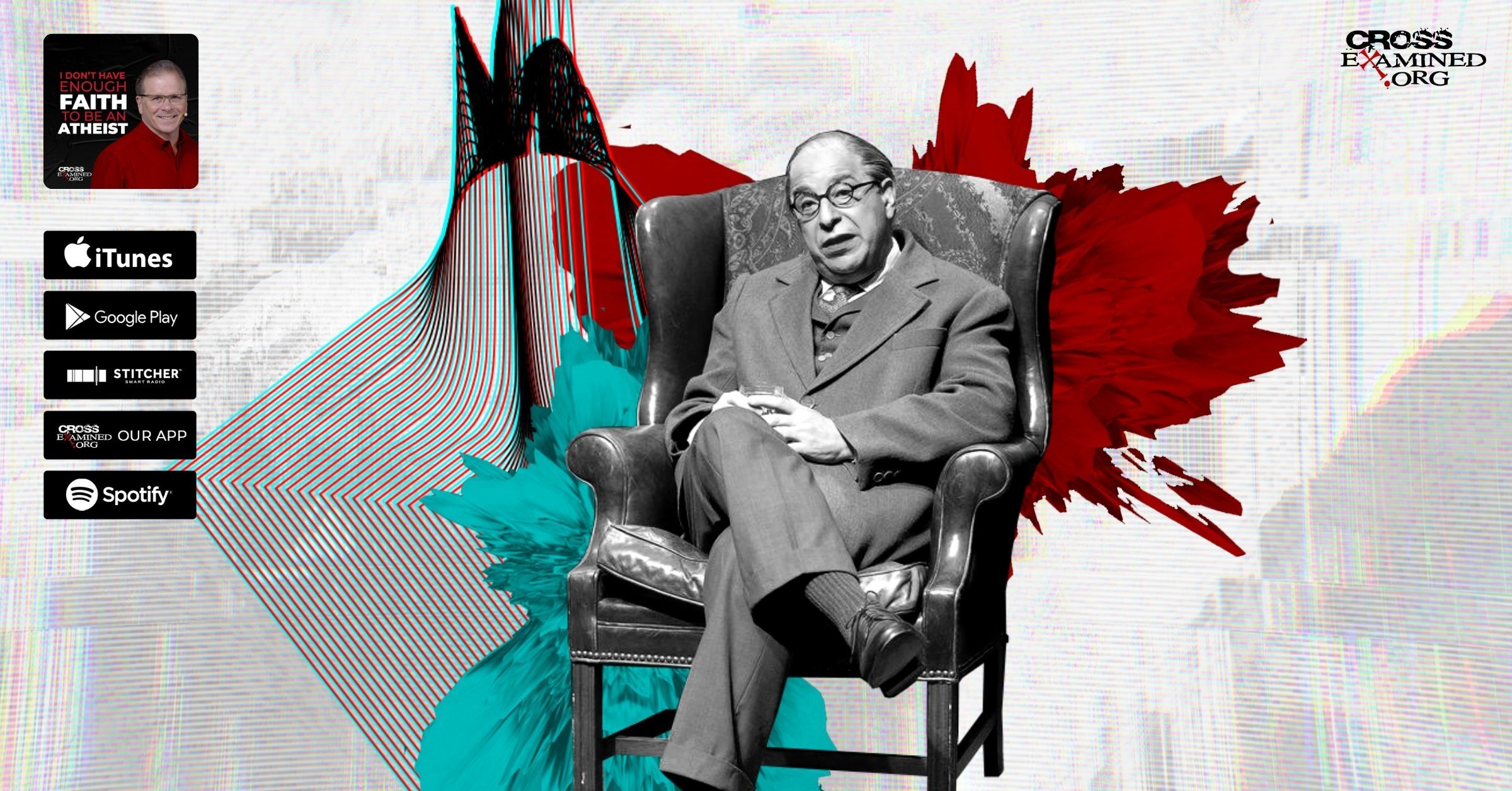
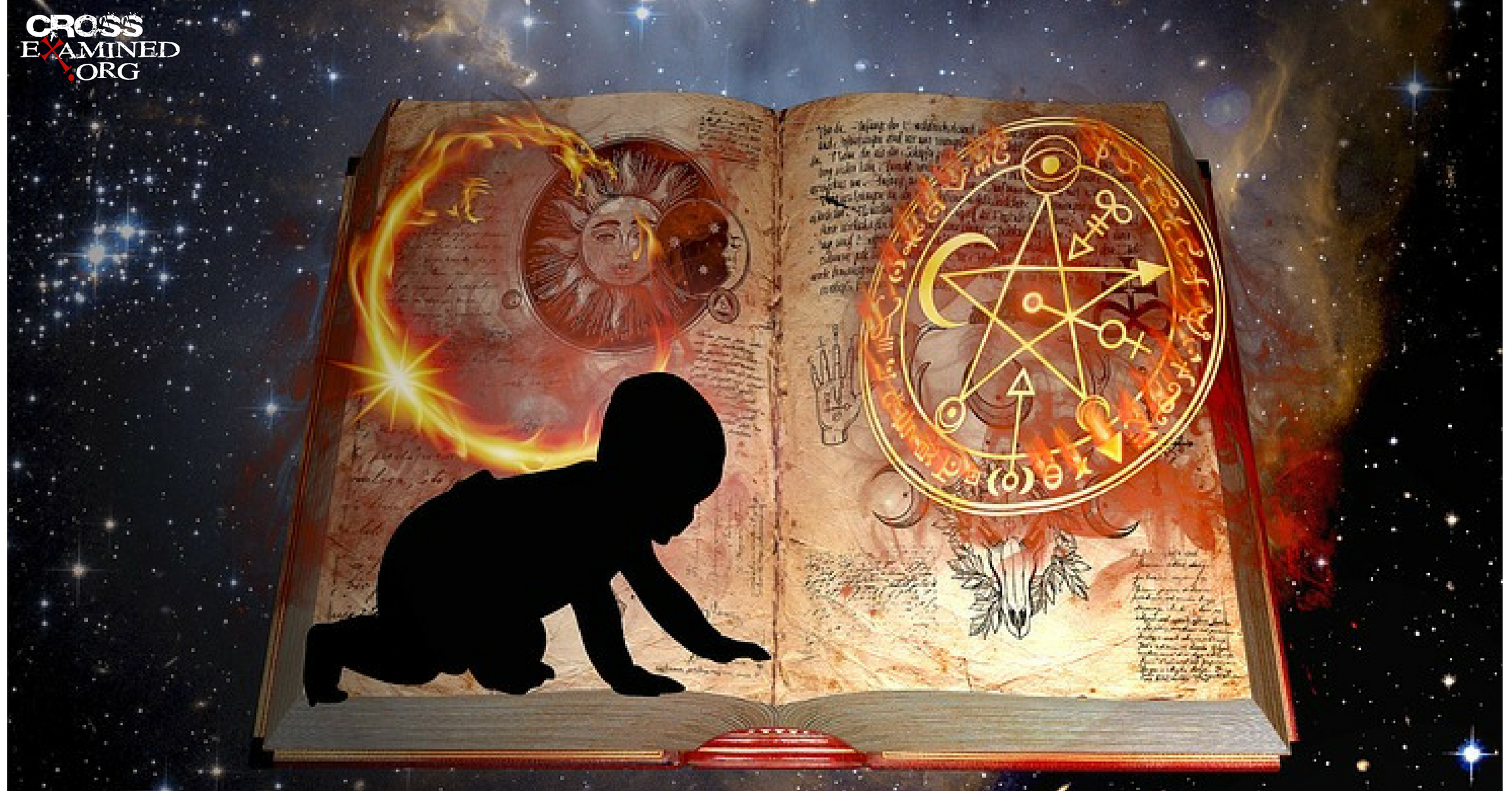
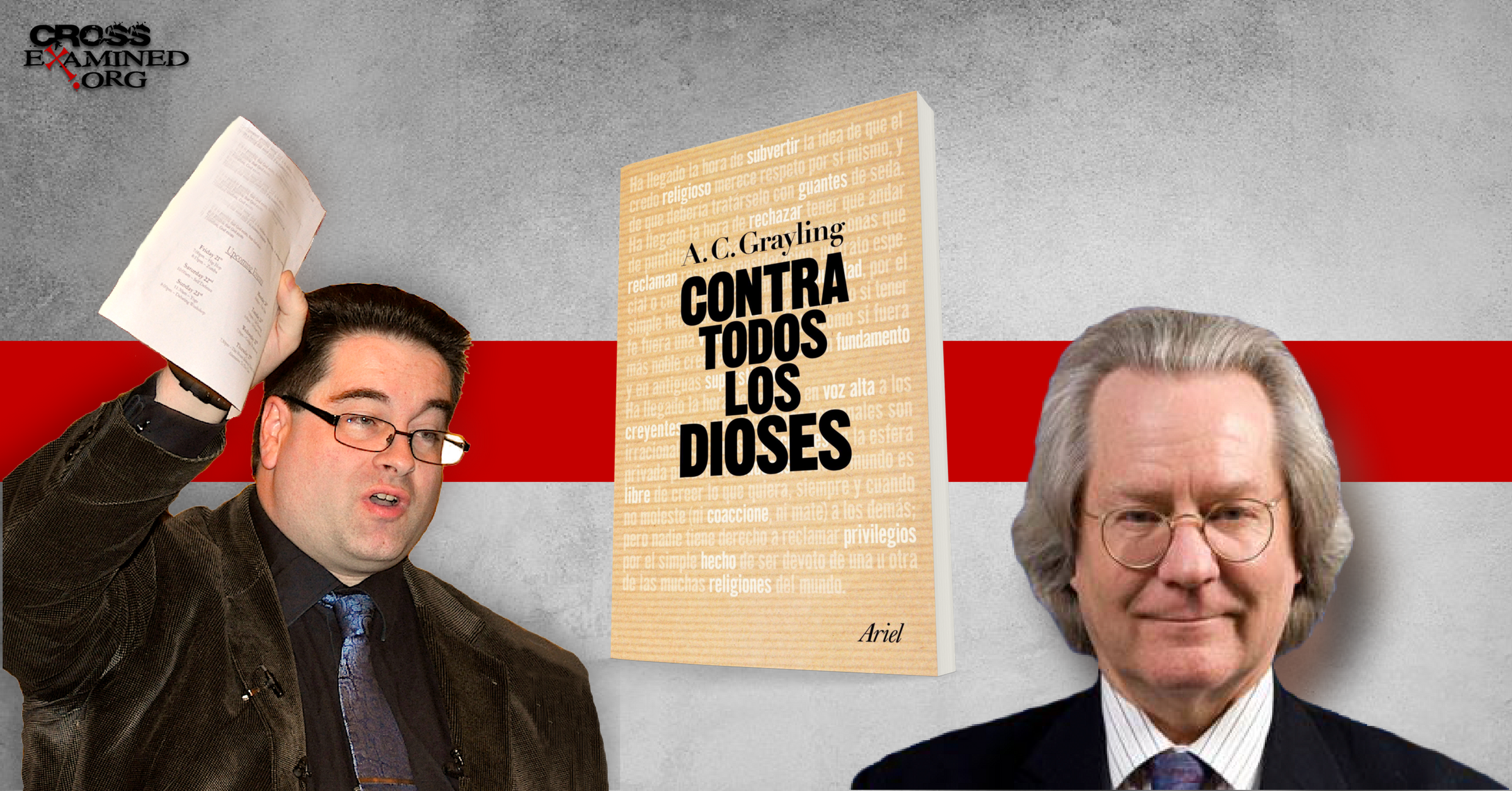
Leave a Reply
Want to join the discussion?Feel free to contribute!